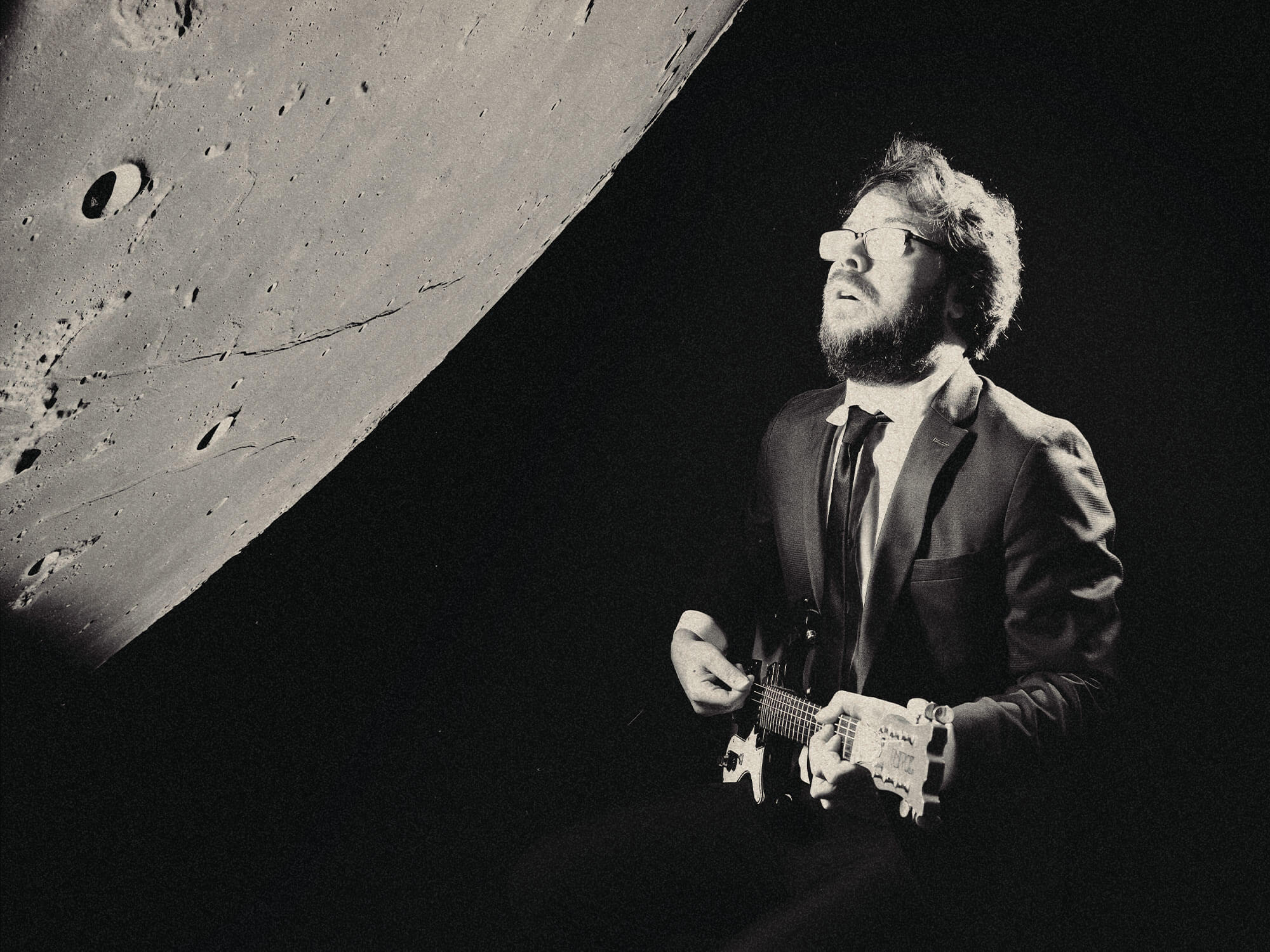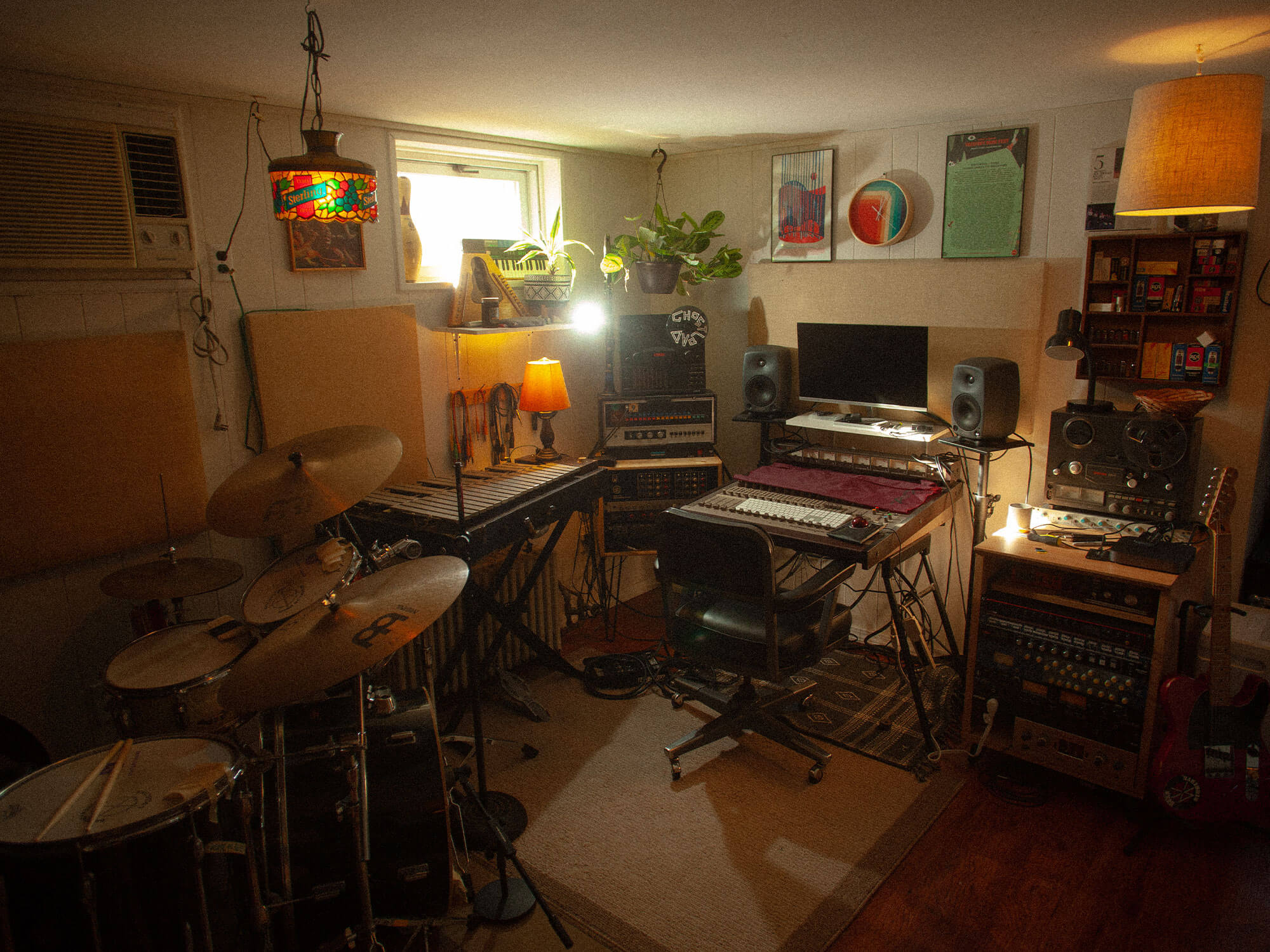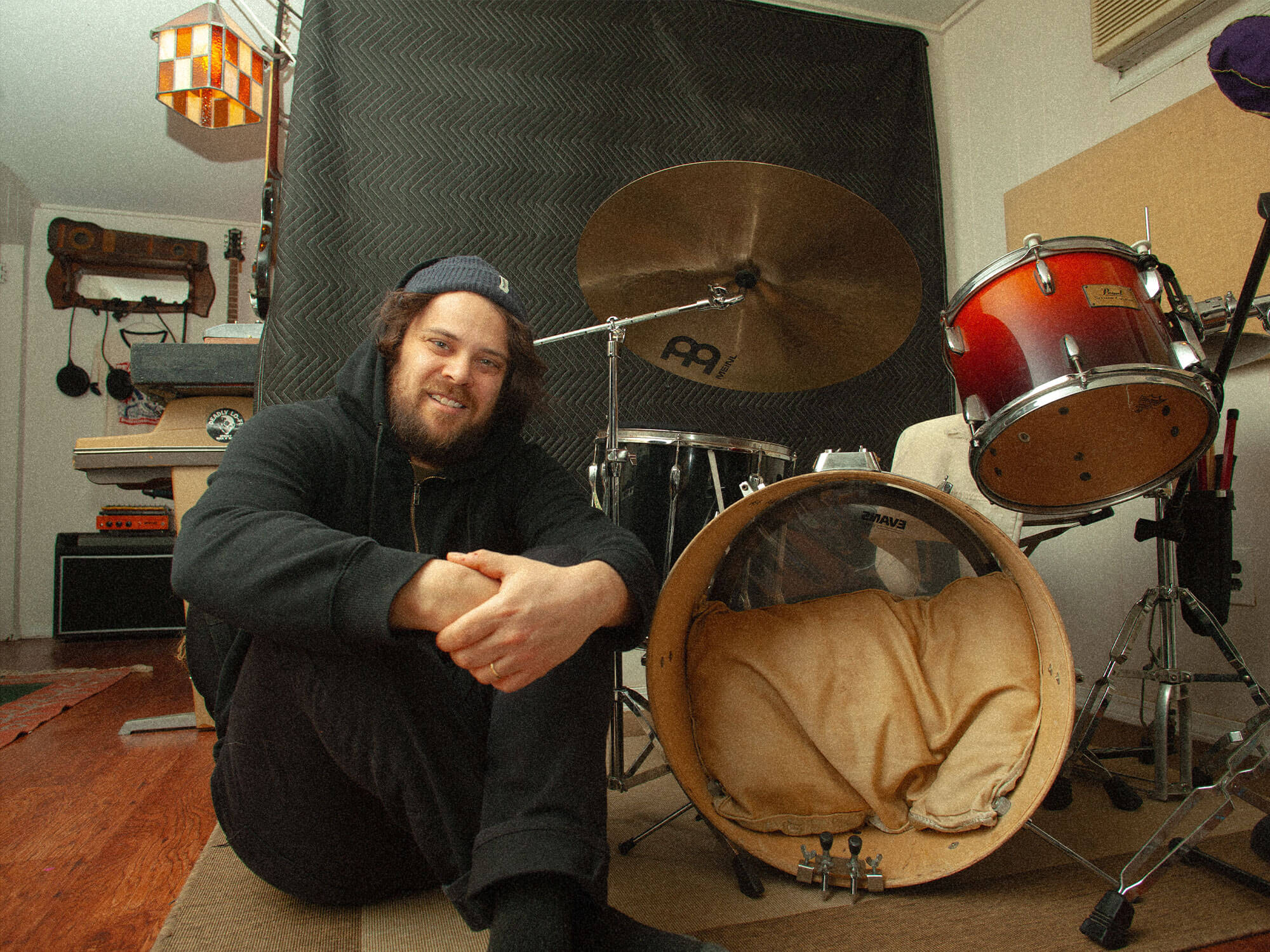How Ghost Funk Orchestra weave NASA’s Apollo missions into their music
“I didn’t initially set out to make a record about space. I just started making songs, and then when I found that library, it became the glue.”

In 2024, the cosmos might feel closer than ever before, no thanks to billionaires building hotels in space. But to Seth Applebaum, the producer and lead guitarist of the modern jazz project Ghost Funk Orchestra, space remains fascinating and uncertain.
“Space is such a mystery. Just the idea that when we’re looking at the stars in the sky, through the time that it takes from that light to get to Earth, what we’re seeing is ancient history,” Applebaum says.
READ MORE: Chromeo: “We’re still as enthralled by funk and analogue synths as we were before”
When Applebaum was writing A Trip To The Moon, the new album from Ghost Funk Orchestra, he spent a lot of time revisiting history. Specifically, listening to music from the late 1960s for inspiration—the period when the space race was unfolding in real time.

“Harkening back to the music that was made when space was first an accessible venture goes a long way,” Applebaum says. One record that inspired Applebaum was Walking in Space by Quincy Jones (1969). Similar to Ghost Funk Orchestra, Jones employs vocalists and traditional jazz instrumentation, but experimentation is notable and evident in its composition.
“That music has all these interesting bells and whistles and a tone to it of the future,” Applebaum says.
The sonics aren’t futuristic or technological, like the mechanical menagerie of space travel. Instead, Jones creates a futuristic feel by exploring limitless musical concepts such as dynamics and tempo. The album’s title track is a 12-minute suite that evolves and decays into various beats and moods. There are moments of near silence accompanied by arrhythmic drum patterns that come before massive jazz-orchestra swells and virtuosic bebop solos.
These elements are replete within A Trip To The Moon as well. To The Moon! begins with the full power of the Ghost Funk horn section before descending into a nondescript layering of sounds as the track fades out.
The final track on the album, Infinite Dark, depicts the mundane feeling of hurtling through the endless black abyss via a sense of restraint, keeping the improvisation to the minimum over a stable beat.
“It’s like exotica in that it’s sort of approximating what this scenario might sound like,” Applebaum says.
However, thanks to NASA, Applebaum didn’t have to approximate what space sounds like. All of the transmission recordings from the Apollo Moon missions are in the public domain, and he integrated communications from Apollo 1, 7, 8, 11, and 12 into the album.
Many of these recordings were hours long, so Applebaum imported them into Logic Pro and searched for transients in the waveforms to detect dialogue. NASA’s communication system also had a peculiar-sounding noise floor that he manipulated and layered as a transition between songs.
“I didn’t initially set out to make a record about space. I just started making songs, and then when I found that library, it became the glue. It helped me figure out what the unwritten parts of the record could sound like,” Applebaum says.

The unwritten parts of the album are indicative of the emotions within the recordings. Applebaum expected the voices on the recordings to be steely and professional, like soldiers on a top-secret mission. Instead, he found the communications between the astronauts and the control center guiding them from Earth reflected the wondrous and breathtaking experience of space travel.
Some of the recordings were elated. On Achluo, the horn section combines for a warm and glowing harmony while the astronauts crack jokes about losing the key to the shuttle before going outside for a quick float.
Other recordings are nervous, even fearful.
“There’s a sensation to the stomach that is hard to describe when you see the Earth slowly recede from you,” says one of the astronauts in the track Helios, in which the lyrics acknowledge that feeling of separation: “There’s nothing but nothing; just the seeds of time. There’s nothing but nothing/just the stars and I.”
“I found that line so fascinating because it peels back the curtain,” Applebaum says of the astronaut watching Earth recede. “There is still a fear of the unknown, even though these people were bold enough to take the leap.”
Applebaum may be yet to take that leap himself, but he manages to traverse all the fascination and uncertainty of the final frontier through A Trip To The Moon.
Listen to the album and learn more at Ghost Funk Orchestra.
This interview has been edited for clarity.